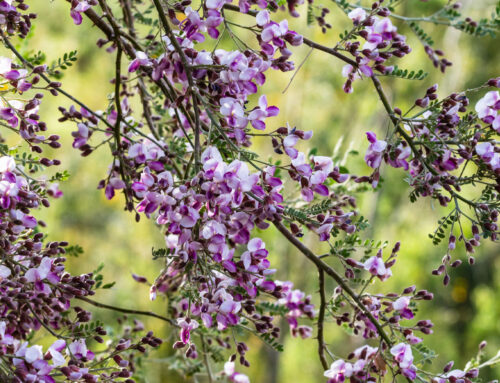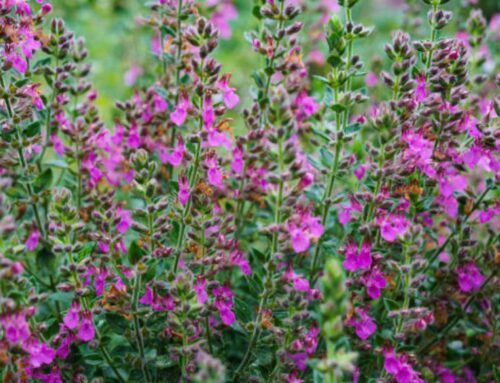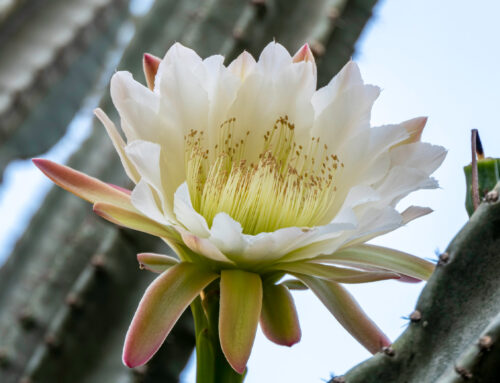The Mexican Honeysuckle is a compact, evergreen shrub that typically reaches 2–3 feet in height and spreads 4–6 feet wide. In our local Coachella Valley conditions, it performs best in morning sun or bright filtered light—under the shade of Palo Verde or Mesquite trees—yielding a lush, bushy form with minimal maintenance.
From late spring through fall (and sometimes into winter in frost free spots), this plant bursts with clusters of vivid orange tubular blooms that attract hummingbirds, butterflies, and bees. The striking flowers and soft foliage make it a natural magnet for pollinators and excellent for wildlife‐focused gardens.
This plant prefers well-draining soil—sandy or loose soils work well. Once established, it tolerates drought, with occasional deep watering during extreme heat, and needs its soil to dry between waterings to ensure optimal blooming.
The Mexican Honeysuckle can take light frost, but may brown above ground in hard freezes; the roots usually survive and regrow in spring. To maintain a tidy form, prune after any frost damage in late winter, removing old woody stems and encouraging new growth.
It can be grown in containers or garden beds. Propagation is easy via stem cuttings, layering, or dividing root clumps. Its low litter nature makes it an excellent choice for sustainable, water-efficient landscapes.
It’s ideal of our Coachella Valley landscapes. Mexican Honeysuckle thrives in desert climates, tolerating heat, drought, and diverse soils. Its brilliant orange blooms offer year round color.






